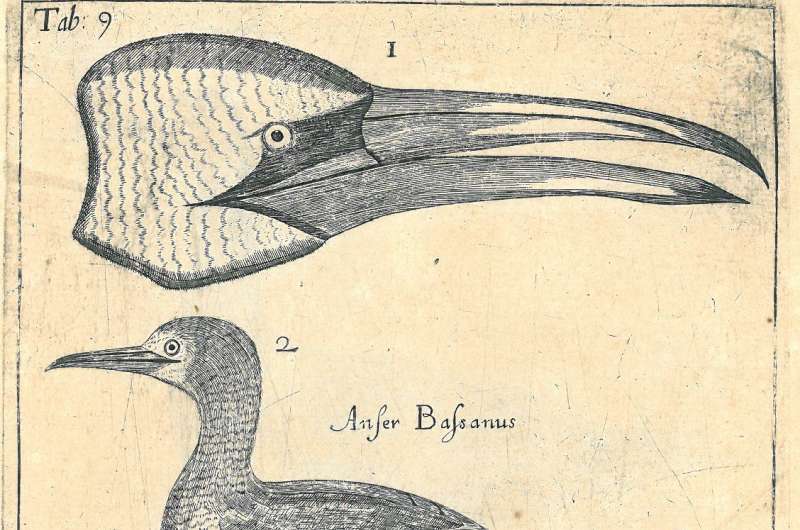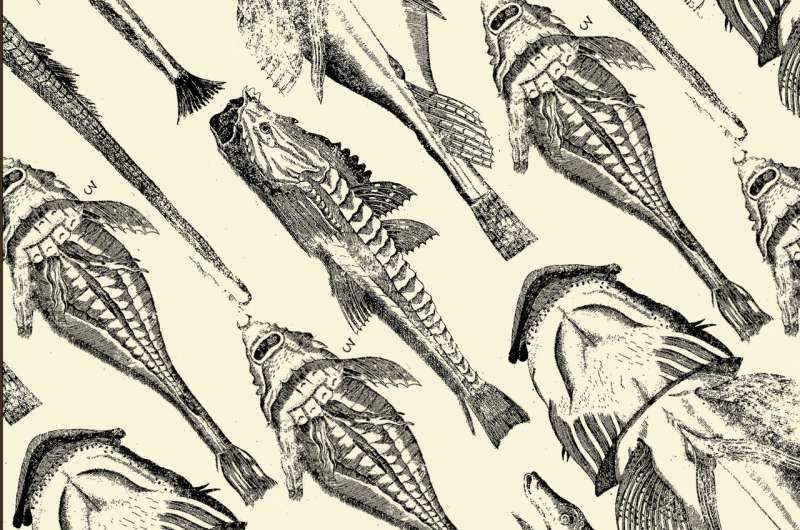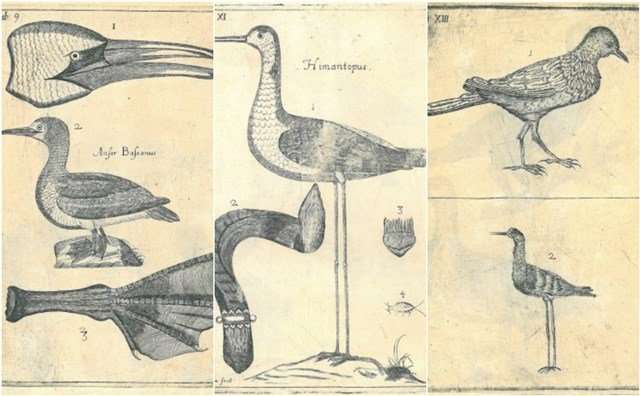Research gives new understanding of 17th century Scottish natural history

In a new paper published in the Royal Society Journal of the History of Science: Notes and Records Dr Lee Raye of Swansea University College of Arts and Humanities has re-examined a section of the Latin natural history text Scotia Illustrata by Robert Sibbald. The original book, written by Sibbald in Edinburgh and published in six sections in 1684, is one of the first natural science books ever printed.
Scotia Illustrata was based on crowd-sourced information from data submitted to Sibbald from at least 77 named correspondents across Scotland. The book catalogues the 17th century fauna of Scotland and includes biological species observed by locals or found in previous historical accounts of the country.
It includes sections on Scotland's geography, plants, animals, geology and medical resources such as herbs, and there is also a section on the diseases commonly found in the country.
While the original book is written in Latin and is not well known today, it is important for three key reasons:
- It was commissioned by Charles II and provides an important insight into political history of the seventeenth century.
- It tells us about what the natural environment looked like in Britain before the Industrial Revolution.
- It gives more information on the history of science and the history of medicine.
Dr Raye bases their new research on their book The Animals of Scotland which they have translated from the original Latin for the first time. By reconceptualising the text, Dr Raye reconstructs the fauna of seventeenth century Scotland - a country where wolf and bear are no longer present, beaver and bustard have not been seen in many years but eagles still hunt salmon in the estuaries.

Dr Raye said: "By approaching the book from the perspective of the 21st century, I have come to a new understanding of the state of wildlife in the 17th century. Scotland's ecosystem in the 17th century still preserved species that had been lost centuries earlier in England and Wales. That means Scotia Illustrata is one of the very best sources on the pre-industrial wildlife of Britain. By comparing the state of nature in Scotia Illustrata with the state of nature in twenty-first century Scotland, or even twenty-first century Britain as a whole, we can see the full scope of all that has been lost since then."

More information: Lee Raye, Robert Sibbald'S Scotia Illustrata (1684): A faunal baseline for Britain, Notes and Records: the Royal Society journal of the history of science (2018). DOI: 10.1098/rsnr.2017.0042
Provided by Swansea University

















